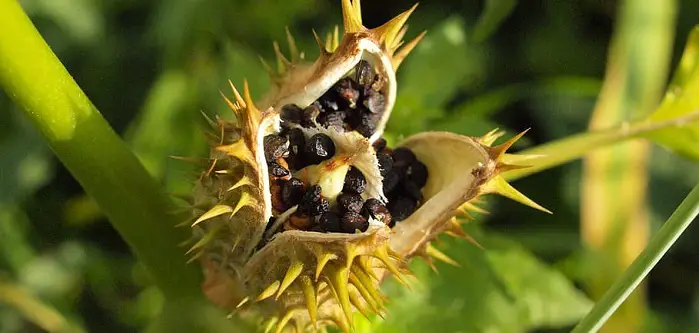It is a challenge for gardeners to decide the type of seed to plant. This is because there are a variety of seeds available.
The decision is complex, especially when the gardener needs to be better informed. One thing you must know is the difference between seed varieties.
The two common seed varieties include open-pollinated and heirloom seeds. These are very technical terms in gardening.
Table of Contents
Choosing which to plant depends on several factors. Among them include the season. But each seed offers unique qualities. The gardener has to make a decision based on their interests.
What makes a plant heirloom?
Among the available plant varieties for a gardener is the heirloom. This type of plant is kept for generations in a family. It is a seed that a family or community pride in its origin. It is planted across the generations.
The heirloom is mostly linked to large-scale commercial agriculture. It is noted as a method used mostly to retain original traits of a seed variety. Here are some facts you should know about heirlooms.
Fact 1: They have a specific origin
The heirloom originates from the burgeoning United States. It was a period when many farms identified with a speed variety of seed. These seeds were passed down the generations and created identity.
A plant must be identified with a specific origin for it to be categorized as heirloom. It is the reason why many families tend to keep their seed varieties private.
Fact 2: They are as old as 50 years
There are heirlooms as old as 50 years. These seeds have a well-documented generational history. The heirlooms were preferred because they do well in specific climates.
Families and communities identified the seed with more flavorful produce in their regions. They also produce better seeds that are saved for the next season.
What is Open-pollination

Open pollination is natural pollination that involves insects and birds. These are the natural mechanism that leads to seed production.
In open pollination, human intervention is condoned. There are some key facts you need to know about open-pollinated seed varieties.
Fact 1: They produce different varieties of seeds
Open pollination is preferred by gardeners who want different varieties of seeds. It is different from the heirlooms that have that one specific variety.
The open-pollinated seeds are planted a distance apart. This allows for the wind and insects to assist in pollination.
Fact 2: They are dependent on the environmental conditions
Open pollination is, however, dependent on environmental conditions. The evolution of the seed changes over time because of the different environments. The process involves the sharing of different pollen from one plant to another.
Fact 3: They create genetically diverse plants
There are no restrictions on open pollination. This creates genetically diverse plants in a garden. There is, therefore, a wide variety of plants across the seasons. This is a better way to improve plant adaptation to different environments.
Fact 4: Should be stored in isolation
Seeds for open pollination should be saved in isolation. This is to help maintain specific characteristics of plants. Retaining the beneficial traits of a specific seed variety in a garden is recommended.
Hybridization
Aside from the heirloom and the open pollinated seed varieties, are also hybridization. This term should also be defined to help understand seed varieties better. Experts refer to hybridization as a combination of two different varieties of seeds.
Hybridization is mostly used by gardeners who want to influence production manually. It is also highlighted as the controlled method of pollination.
There are natural ways of hybridization. But gardeners also have access to commercially hybridized seeds.
Hybridized seeds are linked to better production than the parent seeds. It is a method that many farmers adopted to improve seed quality. But there is a disclaimer for using hybridization.
The seed varieties produced through this method as genetically unstable. Unlike the heirlooms, they cannot be saved for later planting.
Heirloom Vs. open pollination – Which variety is the best?
Whether you select the heirloom of open pollination does not matter. The result is to improve the quality of produce on a farm.
Choosing open-pollinated varieties has been likened to conserving the diversity of plants in a garden. It is different from the heirloom that has that one specific variety passed across generations.
Some farmers strongly connect with their family’s gardening and food production. This means that they have to go for the heirlooms.
They feel satisfied playing a role in passing down the stories behind their seed varieties. Whether heirloom or open-pollinated,
Overall, open pollination and heirlooms are used as synonyms in gardening practices. But these terms are different. All heirlooms are linked to open pollination.
But not all open-pollinated varieties are heirlooms. It doesn’t sound very clear, but it can be simplified. It means the heirlooms must be passed down to the generation to fit in this category.
